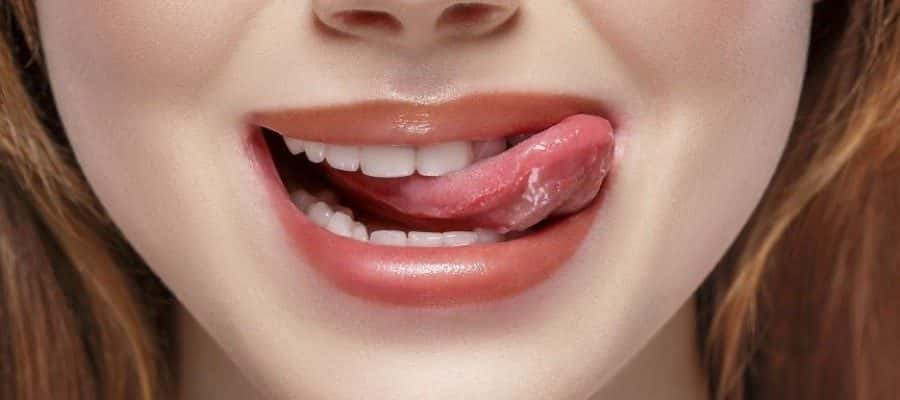Is Amalgam Filling Harmful?
Salih ÖNDER2022-09-06T08:56:29+03:00What is Amalgam?
Amalgam is an alloy obtained by mixing mercury with some metals. In dentistry, amalgam filling, known as silver filling, is obtained by mixing mercury and silver-containing powder.
Is Mercury in Amalgam Harmful?
Amalgam filling is a type of filling that has been used in dentistry for many years. Although it is thought to be toxic due to its mercury content, there is no definite study about the harm of this mercury in the body.
Although amalgam filling is prohibited in some countries, the World Health Organization has not made such a statement and amalgam fillings can still be used safely, including in European countries.
Why do dentists prefer amalgam
In dentistry, amalgam can be preferred because of its resistance on chewing surfaces and its compatibility with the tooth in terms of sealing. However, in recent years, developments in composite fillings, namely white fillings, thanks to nano technology, and the fact that they are very durable on chewing surfaces, have shaken the throne of amalgam fillings. For this reason, amalgam fillings have been replaced by composite fillings. I don’t know if this is a reason for preference, but the cost of amalgam filling is also more affordable than composite filling.
What Should Be Considered After Amalgam Filling?
If the amalgam filling is made, as we mentioned at the beginning, there will be a solidification time since it is an alloy. In the first 2-3 hours, you should not eat anything, as there will be a possibility of breakage. In any case, an appointment is made for the polish at least one day later. This polishing process must be done and should not be skipped. If the amalgam filling needs to be removed or changed, a precautionary rubber dam can be inserted. If not possible, amalgam powders should be aspirated very well
What other treatments are applied besides amalgam filling?
Amalgam fillings have been replaced by composite fillings, not because they are harmful, but because composite fillings have developed. In addition to the composite filling, ceramic fillings, namely inlay and onlay fillings, which we measure and have prepared in the laboratory, are among the filling options that we close the caries cavity.
Kayseri Hospital
Chief Physician Dt. Zeynep CETIN

